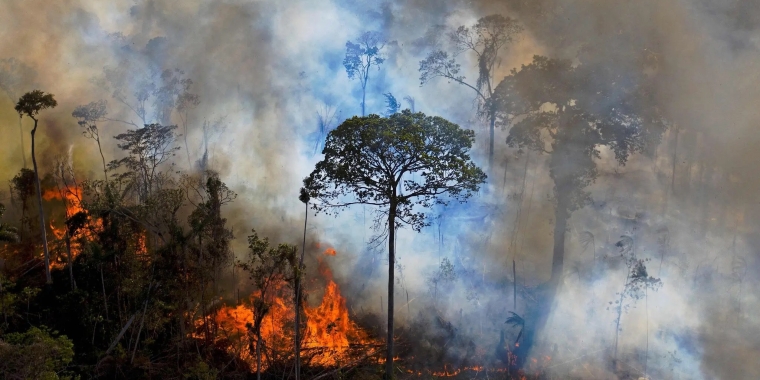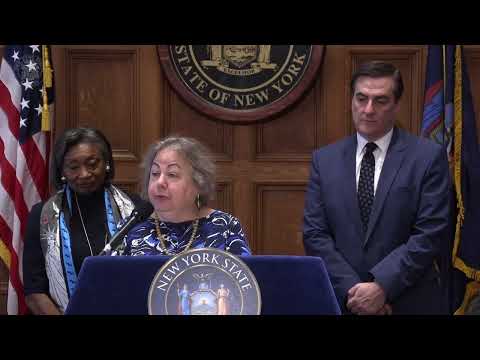
Senate Environmental Conservation Committee Kills MTS Legislation
Liz Krueger
May 5, 2015
-
ISSUE:
- Environment
New York – In a 7 to 6 vote, the State Senate Environmental Conservation Committee today killed legislation (S.2556) introduced by Senator Liz Krueger that would ban the construction of any solid waste marine transfer station (MTS) within 800 feet of public housing. The legislation would apply to the proposed East 91st Street MTS site, as well as any other site near NYCHA developments. Assembly Member Rebecca Seawright carries the Assembly version of the bill (A.5903).
“I am extremely disappointed with today’s vote,” said Senator Krueger. “It should be obvious that these kinds of waste facilities don’t belong in dense residential neighborhoods. And it is particularly egregious to place them next to public housing, where some of our most vulnerable low-income residents live and work.”
S.2556, which was brought to a vote following a motion for consideration filed by Sen. Krueger, would prohibit the DEC and other local agencies from issuing permits to allow the siting of any MTS within 800 feet of public housing. The prohibition would apply to the East 91st Street site.
"It is unfortunate that the Senate Environmental Conservation Committee did not vote to approve Senate Bill 2556 that would ban solid waste transfer facilities being built in such close proximity to public housing," said Assembly Member Seawright. "To further burden communities that already suffer from high asthma rates is appalling. We will continue to work with our colleagues to achieve the protection needed for the residents of our community."
The potential East 91st Street MTS site has raised several issues of concern. It is well established that economically under-served neighborhoods have higher asthma rates. Many well-documented studies link air pollution to asthma attacks and other respiratory problems. Traffic, particularly the kind of truck traffic necessitated by a marine transfer station, is a major contributing factor to this type of pollution. Adding noxious waste and hundreds of diesel burning garbage trucks every day will further aggravate the poor air quality in a community already over-burdened with contaminants.
Flood risk and traffic safety are also serious concerns at the East 91st Street site. During Superstorm Sandy, the area surrounding the site was flooded as far as four blocks in from the East River. Following Sandy, FEMA issued new flood maps indicating apparent danger to the East 91st Street location and situation. According to the new maps, the 91st Street MTS platform will sit more than five feet below the estimated 100 year floodplain, effectively placing the structure in danger and exposing the surrounding community and river to potentially polluted waters. While the first floor of the MTS and its mechanicals have been “waterproofed,” the New York State Department of Environmental Conservation (DEC) has yet to address the fact that nothing has been changed structurally in the plans to protect against future floods.
The additional truck traffic generated by the 91st Street MTS also poses a serious risk of pedestrian injuries to the many children and seniors who reside in public housing. The immediate ten block radius surrounding the site is home to five new schools that opened since the original permit was approved, and the site is directly adjacent to the Asphalt Green recreational facility, which is used by hundreds of children every week.
The DEC has not yet announced the dates of a 30-day public comment period on renewal of the operating and construction permits previously approved for the East 91st Street site. However, Sen. Krueger’s office remains in contact with the DEC, and will inform constituents as soon as the comment period is announced.
Share this Article or Press Release
Newsroom
Go to Newsroom
The Impact of Casinos on Urban Communities
February 23, 2024

An Open Letter From Jewish Elected Officials Regarding The War In Gaza
February 20, 2024

